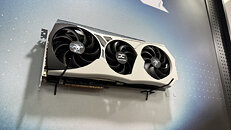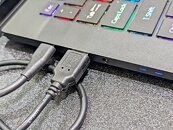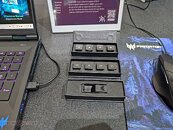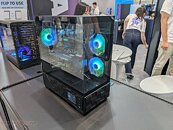
Asetek Signs New Customer Agreement With Antec for Mainstream Liquid Cooling Products
Asetek is pleased to announce a new customer agreement with Antec, a global leader in high-performance computer components and accessories for the gaming, PC upgrade, and Do-It-Yourself markets. Antec has previously been a customer of Asetek and both parties have now decided to resume the collaboration. This agreement marks the first delivery of mainstream liquid cooling products based on Asetek's new platform. Deliveries are scheduled to begin in Q4 2025.
The agreement includes Antec's new Vortex View AIO liquid cooler, which was showcased for the first time at Computex 2025. This innovative product reflects the collaborative development efforts between the two companies and is designed to bring fresh innovation to the mainstream liquid cooling market. To highlight the strong working relationship between Asetek and Antec, the Asetek SimSports sim racing setup was also featured at Antec's booth during Computex. This shared presence reflects a joint commitment to performance, innovation, and immersive experiences for users.
The agreement includes Antec's new Vortex View AIO liquid cooler, which was showcased for the first time at Computex 2025. This innovative product reflects the collaborative development efforts between the two companies and is designed to bring fresh innovation to the mainstream liquid cooling market. To highlight the strong working relationship between Asetek and Antec, the Asetek SimSports sim racing setup was also featured at Antec's booth during Computex. This shared presence reflects a joint commitment to performance, innovation, and immersive experiences for users.






















































































































